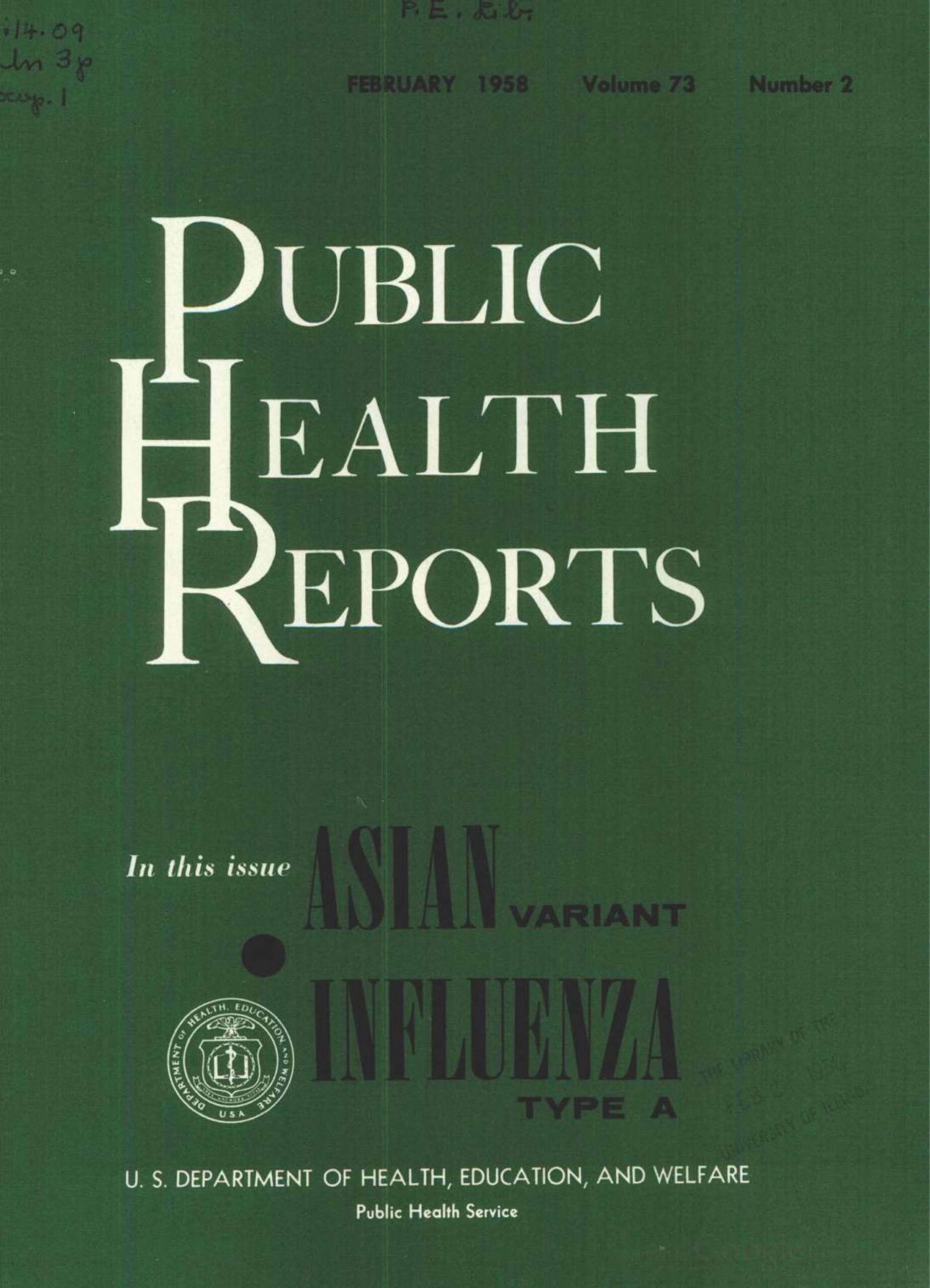The lies of virology are so absolutely vast and the incessant propaganda for vaccines for a Pharmaceutical Industrial Complex that makes more profit than energy are vast.

But as we have seen since the Covid era, virologies lies don’t merely stop at profit and poisoning people with vaccines. “Pandemics” are now front and centre for global control of the working class and an array of pseudo science has been printed in books to back this up. In 2025 today, this is almost in uniform and concert. The bourgeoisie hold every avenue for information. From the printing of books but more importantly their distribution, to troll armies on the internet discrediting people that question virology’s lies after lies. With even the pscyhological warfare centre, John Hopkins University asking if we are “ready for the next pandemic?”
In a 1958 in a public health report document, Richard E Shope discusses the efforts to prove Contaigion. To prove contaigion should be fairly straight forward. Sit down “infected” patients in a room with healthy patients. However here Shope writes the following on every controlled experiment attempting to do this.
Efforts to Prove Contagiousness With all of the observed clinical and epidemiological evidence pointing to the likelihood that the 1918 pandemic influenza was highly contagious and spread from sick to well easily and apparently at the very first available opportunity, one would have anticipated that proof of its contagiousness by transmission tests in human volunteers would have been extremely easy. However, such did not prove to be the case: in not a single controlled experiment was it possible to demonstrate the transmissbility of the disease. The most carefully planned and conducted experiments were those carried out by the Navy and the Public Health Service. In the series of experiments conducted in Boston during November and December 1918, 62 volunteers between 15 and 34 years of age were used (18). Thirty-nine of these had no history of having had influenza at any time, although apparently some degree of exposure had occurred. Filtered and unfiltered secretions from the upper respiratory tracts of patients with typical influenza were sprayed into the nose and throat and instilled into the eyes of some of the volunteers; direct swabbing from nasopharynx to nasopharynx was the method of exposure for others; and in one experiment freshly drawn citrated blood was injected subcutaneously. The results were summarized as follows: “In only one instance was any reaction observed in which a diagnosis of influenza could not be excluded, and here a mildly inflamed throat seemed the more probable cause of the fever and other symptoms. Nothing like influenza developed in the other volunteers.” In an attempt to imitate nature more closely, 10 volunteers were exposed to patients with acute influenza in hospital wards. Each volunteer was placed very near the patient, shook hands with him, chatted with him for 5 minutes, and then received the patient’s breath full in his face five times while he inhaled. Finally the patient coughed five times directly in the subject’s face. Each volunteer did this with each of 10 different patients, all of them acutely ill for not more than 3 days. All patients used had typical acute cases selected from a distinct focus or outbreak of disease. None of the volunteers developed the disease. A second series of similar experiments was carried out in San Francisco during the same period also with completely negative results (19). These two groups of experiments were considered to show that the requirements for the transmission of influenza from man to man, such as apparently exist commonly under natural conditions, are not readily imitated experimentally. Actually they constituted probably a very good demonstration of how solid an immunity was conferred by even a subclinical bout with the etiological agent of the 1918 influenza. Much work was expended during the 1918 pandemic in an effort to determine the causative agent of the outbreak. Prior to the 1918 studies, Hemophilus influenzae had been generally regarded as the agent responsible for influenza. It seems quite natural, therefore, that much of the 1918 investigative work should have been concerned with a further study of the relationship of this bacterium to the disease. The results obtained were frequently confusing and contradictory, which is not surprising in view of the fastidious character of the organism and the technical difficulties associated with its isolation from the respiratory tract. It is difficult to give an accurate appraisal of the significance of the large amount of work done during the 1915 pandemic in trying to prove or disprove thie etiological relationship of the Pfeiffer bacillus to influenza. About all that can be said is that the role of the organism was more controversial after the smoke of the 1918 pandemic studies had cleared than it had been before. With the failure to gain clear-cut evidence that H. influenzae was the cause of the 1918 pandemic, the view was rather widely held and was frequently expressed that a virus was probably the etiological basis for the disease. This actually constituted no more than an ungrounded opinion, for consideration of the data on the subject published from 1918 investigations reveals that no one adduced good evidence to incriminate a virus as the causative agent. The upshot of a terrific amount of effort during the 1918 influenza pandemic to learn the cause of the disease was to weaken the view that Pfeiffer’s bacillus was the etiological agent and to substitute no other in its place.(Richard E Shope, Public Health Report Vol 73, Influenza, History, Epidemiology, and Speculation, 1958)
Virology seems to have been created to hand wave away the filthy living conditions of the good chunk of the working class in 1890 in the imperialist centres, financed by robber baron capitalist-monopolists like the Rockefellers. Today, philanthropists arrive on the shores of Africa with vaccines laced with birth control agents for “public health” instead of good nutrition, plumbing and decent working conditions (John W. Oller1, Christopher A. Shaw2,3, Lucija Tomljenovic2,3, Stephen K. Karanja4, Wahome Ngare4, Felicia M. Clement5, Jamie Ryan Pillette5, HCG Found in WHO Tetanus Vaccine in Kenya Raises Concern in the Developing World, Oct 2017)
Roman Bystrianryk’s brilliant book with Suzanne Humphreys delves deep into the concept of Infectious disease. That the majority of the big killers of the late 1800s and early 1900s had disappeared before the arrival of anti-biotics or vaccines. Yet our bourgeois criminal class continues to pretend that vaccines are what lifted human beings life expectancies and resilience to disease. Not the child labour, working conditions, 16-20 hour work days, victorian slums, filth in the streets, lack of plumbing, little to no regulation of what people were putting in food. Any mention of these would’ve cut into corporations interest who fought tooth and nail to retain “their rights” to child labour and 16 hour work days.
Before they try to lock us down again (and they will try).
The real question to be asked is: Can you catch a cold?
If the answer is no then this only shows that the lies and pseudo science of virology and germ theory for other a century have penetrated every single country and institution on earth. And that the mass poisoning event of 2020-2021 was by design.
Humanity continues to pay a very high price for not destroying capitalism.


